Platelet-rich plasma (PRP) has been a cornerstone in regenerative aesthetics for the past years, derived from a patient’s own blood, PRP is rich in growth factors that stimulate healing and collagen production. It’s been widely used for facial rejuvenation, hair restoration, and even joint repair. But as the science of regenerative medicine evolves, a new player has entered the field—exosome therapy—and it's beginning to outshine PRP in both results and potential.
What Are Exosomes?
Exosomes are nanosized extracellular vesicles (~100nm) —essentially microscopic “messengers”—released by nearly all cell types. They carry vital information in the form of proteins, lipids, and RNA, allowing cells to communicate, repair tissue, and modulate inflammation. Unlike stem cells themselves, exosomes don’t replicate or carry DNA, making them safer and easier to use in clinical applications.
In aesthetics, exosomes derived from human mesenchymal stem cells (MSCs) are particularly valuable. These exosomes are loaded with bioactive molecules that stimulate skin regeneration, improve elasticity, reduce inflammation, and promote collagen and elastin production—all without the need for invasive procedures. It should be noted that a lot of exosomes that are currently on the market are derived from plants and animals due to different countries regulatory constraints.
Exosomes vs. PRP: What’s the Difference?
While PRP relies on the body’s own platelets to release growth factors, its efficacy can vary depending on a patient’s age, health status, and lifestyle. Older individuals or those with chronic conditions may have fewer regenerative components in their plasma.
Exosomes, on the other hand, are more consistent. They are typically harvested from young, healthy donor stem cells and are purified to ensure quality. Their nano-size also allows for deeper skin penetration and more targeted cellular communication.
Here’s a quick comparison:
Aesthetic Applications of Exosomes
Exosome therapy is being used to treat:
- Skin aging: Fine lines, wrinkles, pigmentation, and texture irregularities.
- Hair loss: Stimulates dormant follicles and improves scalp health.
- Post-laser healing: Speeds up recovery time and enhances outcomes.
- Acne and scarring: Reduces inflammation and promotes tissue remodeling.
In facial rejuvenation, exosomes can be applied topically post-microneedling or injected directly into the dermis. Many patients report brighter, firmer, and more youthful-looking skin after just a few sessions—with less downtime compared to traditional treatments.
The Future of Regenerative Aesthetics
Exosome therapy represents the next generation of regenerative medicine. Its non-invasive nature, coupled with powerful biological effects, is transforming how we approach beauty and aging. While PRP opened the door, exosomes are redefining the possibilities.
However, as with any emerging therapy, quality and source matter. Patients should seek qualified providers who use rigorously tested exosome products and follow evidence-based protocols.
In the years to come, we’ll likely see exosomes integrated into not only aesthetic care but also wellness, anti-aging, and even chronic disease management—making it one of the most promising tools in modern medicine.
—
Yours in longevity,
Dr Joshua Chou, Chief Science Officer of Mesch


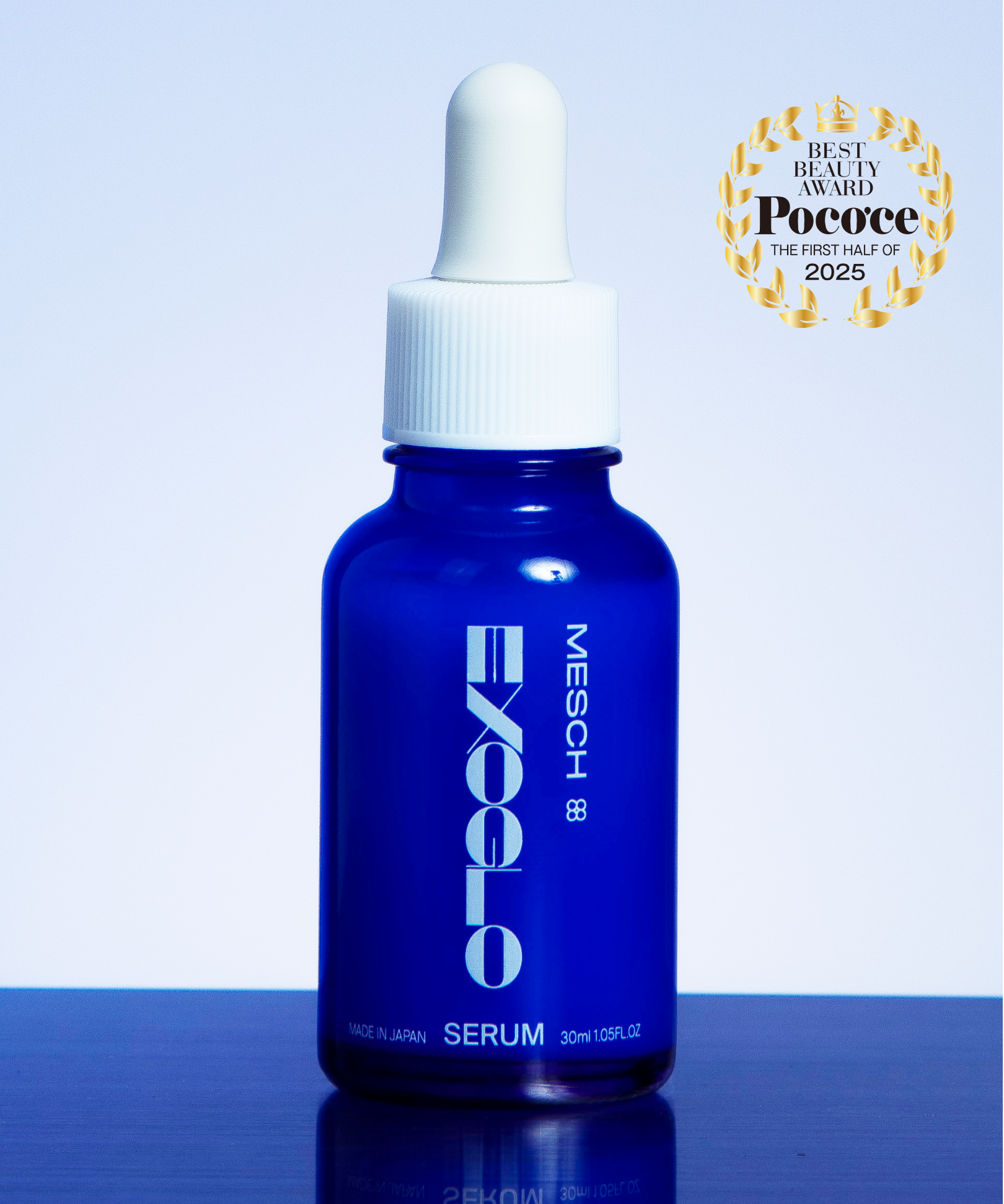
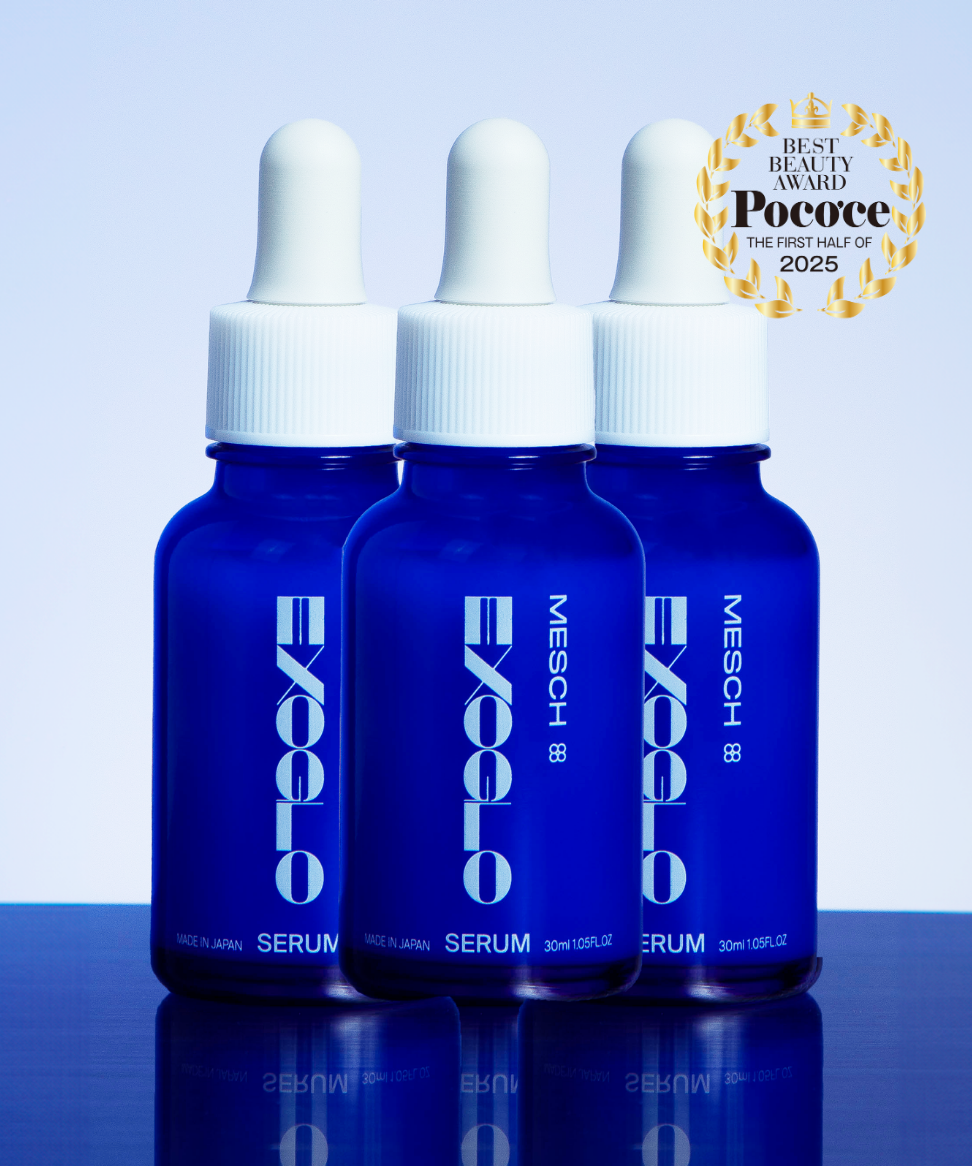

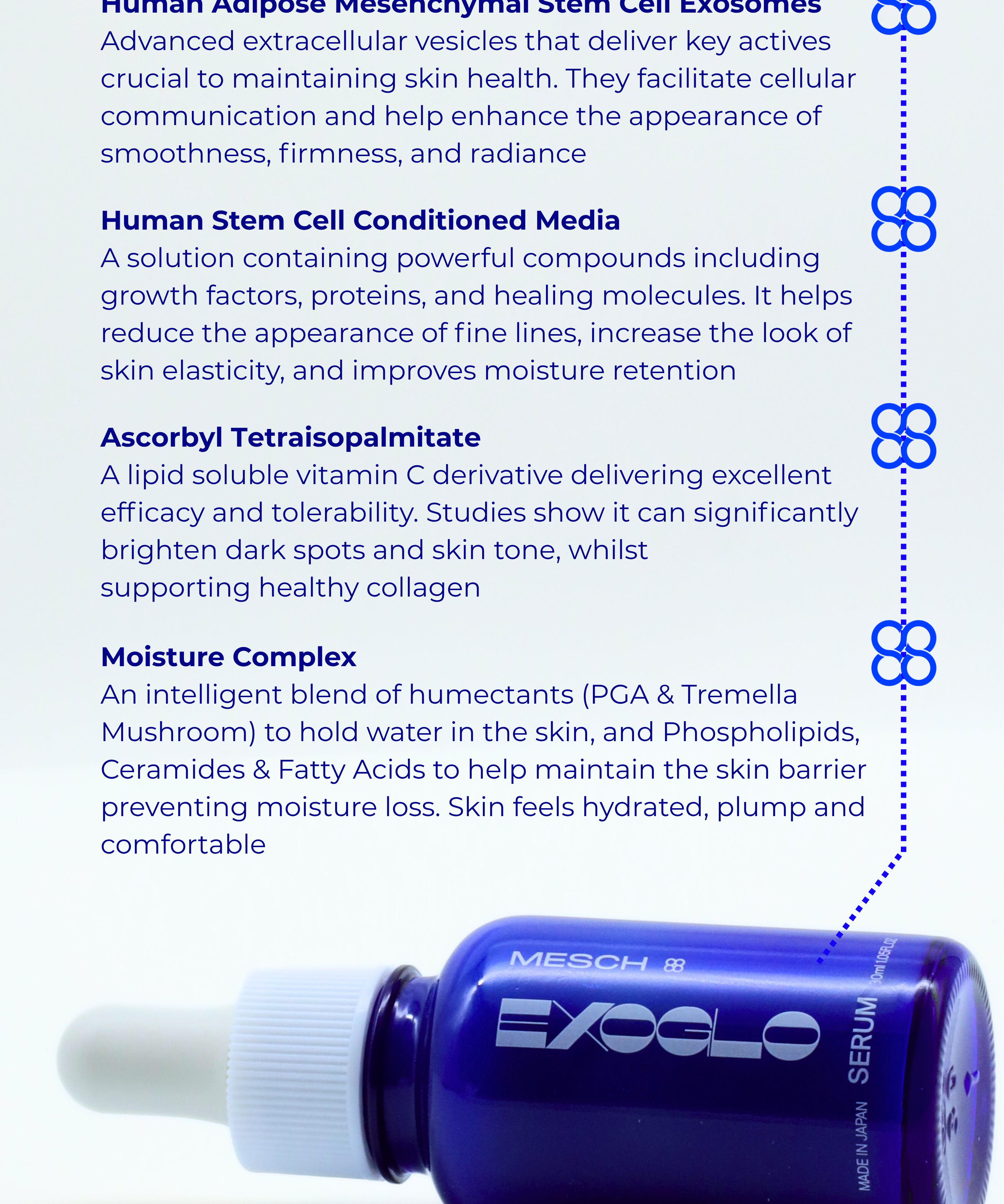

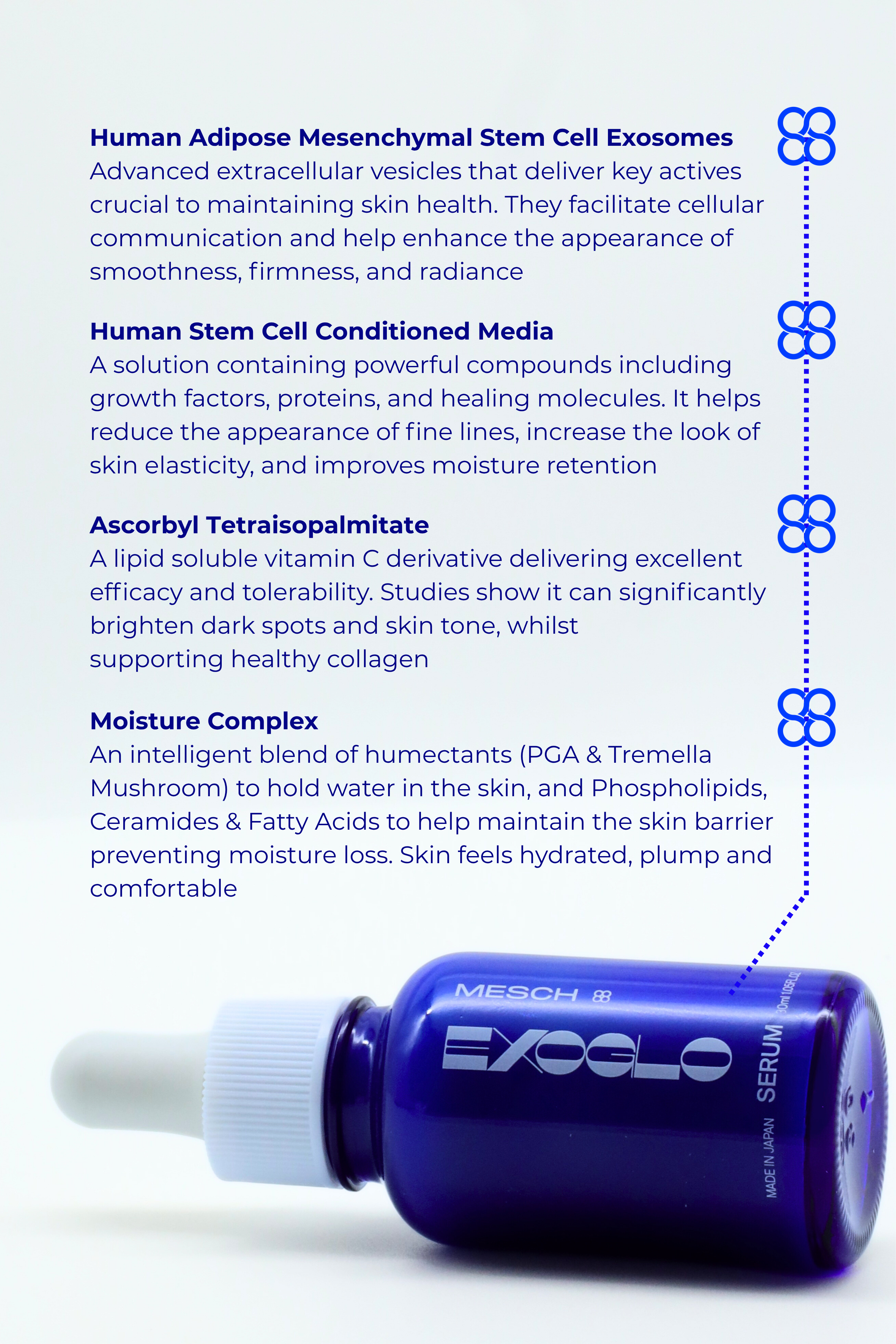

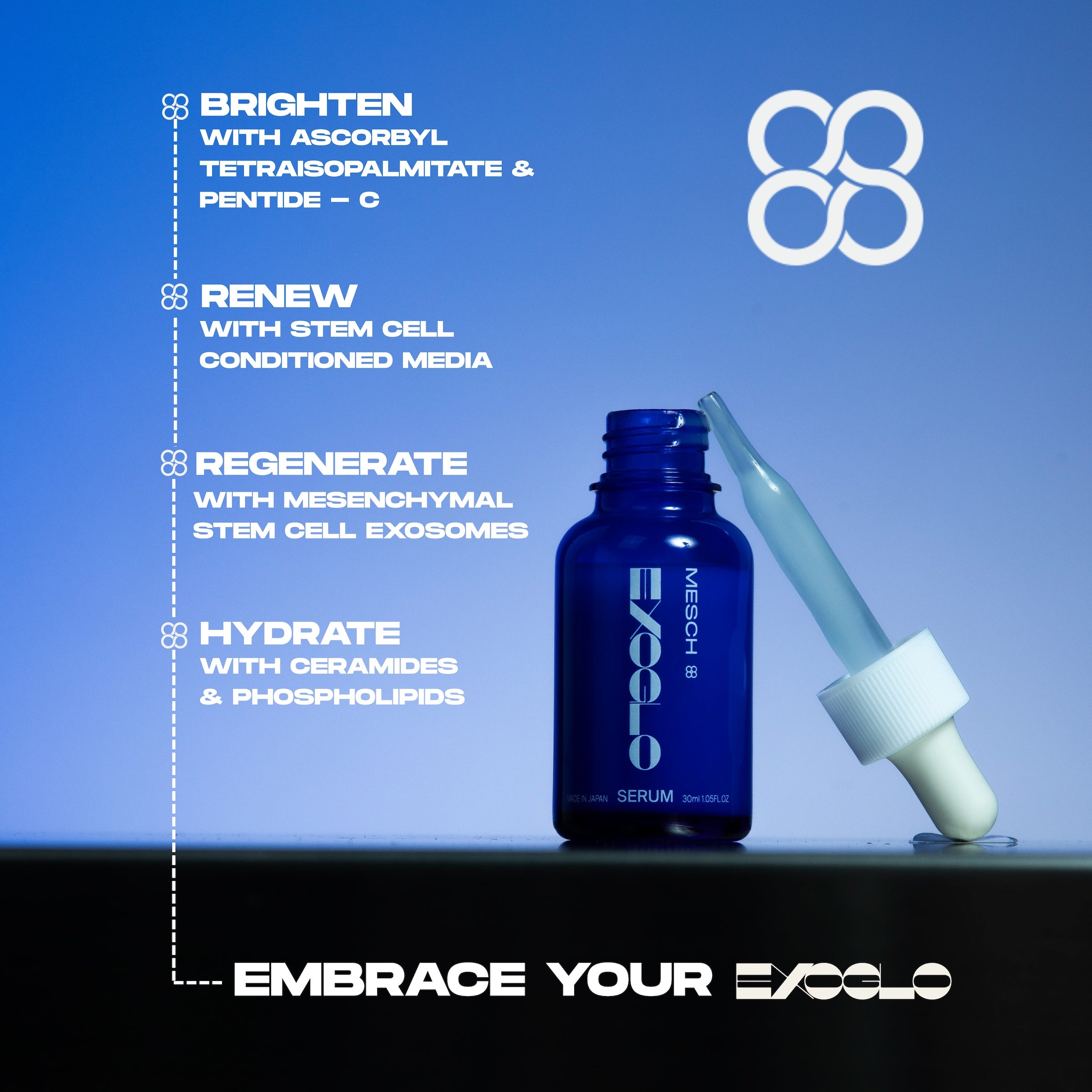
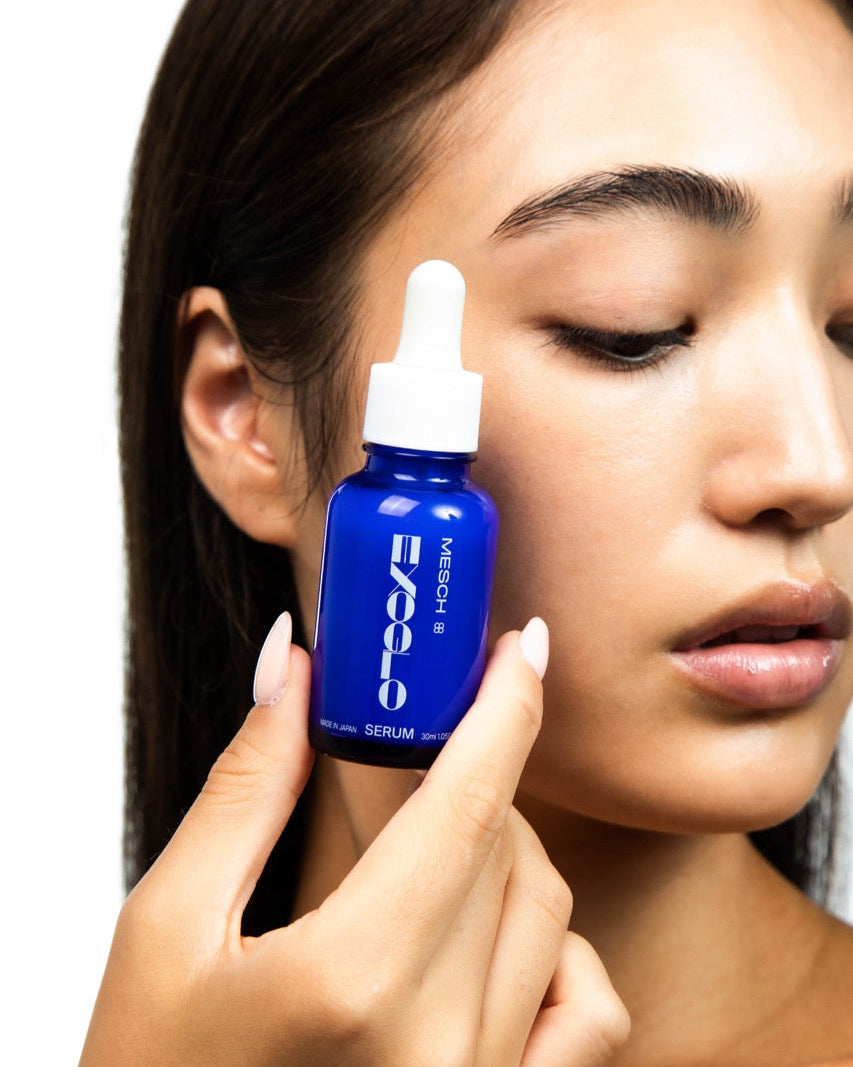
Leave a comment